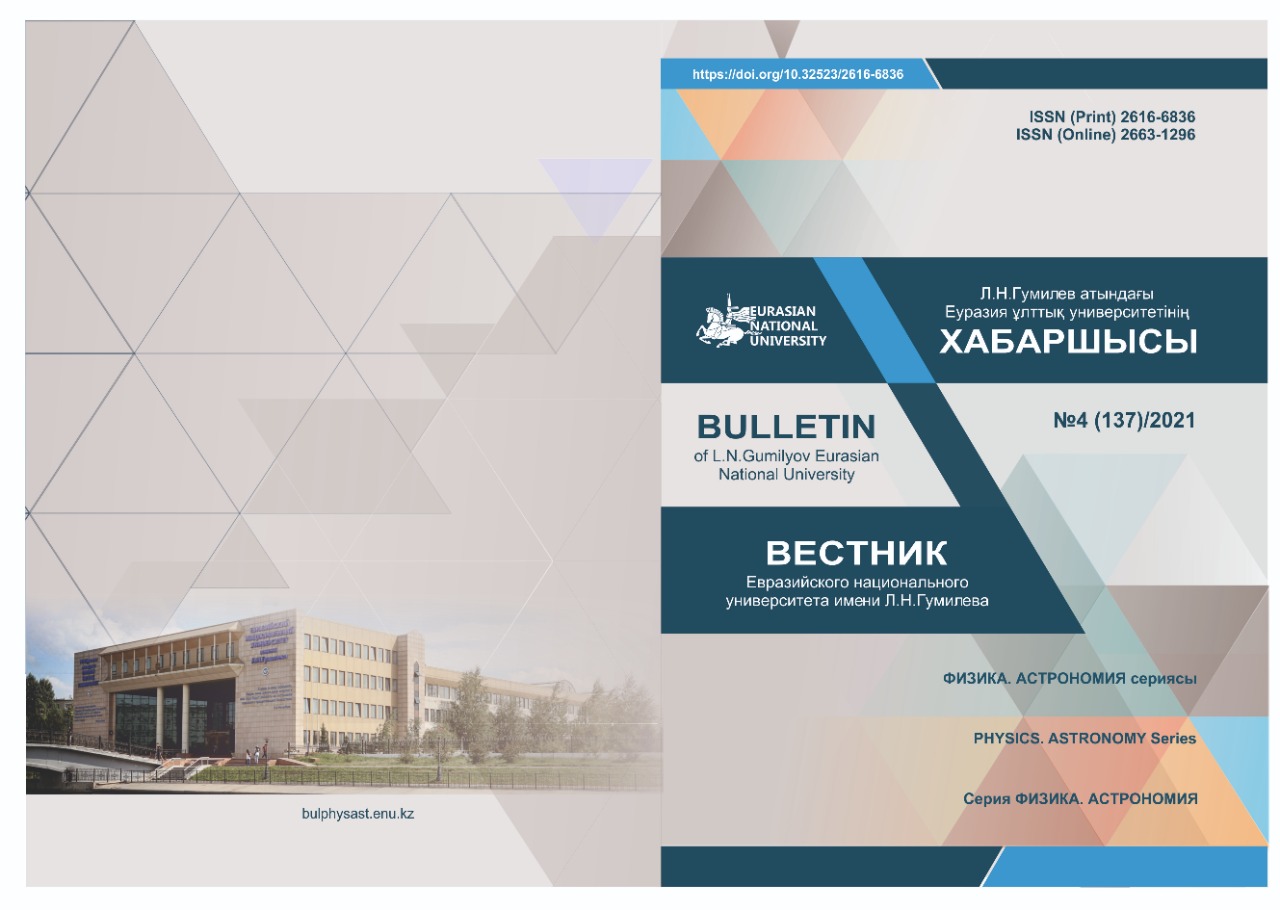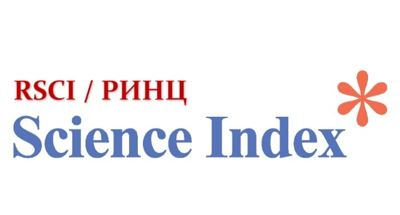The modern state of optically stimulated luminescence (OSL) dosimetry method
Views: 213 / PDF downloads: 150
DOI:
https://doi.org/10.32523/2616-6836-2019-127-2-72-79Abstract
This article discusses one of the methods of solid-state dosimetry, based on the phenomenon of optically stimulated luminescence. There are many natural and artificial materials that are used as dose accumulators. The irradiated material is exposed to light (ultraviolet, visible or infrared), resulting in a longer wavelength of light. The light intensity is related to the amount of charge captured, and it is proportional to the initial dose of absorbed radiation. According to this principle, OSL is used in retrospective dosimetry (for reconstruction of external radiation doses) and in emergency dosimetry. The article provides examples of the use of this method for the objects where the atomic bomb explosions were made (Hiroshima and Nagasaki,
Semipalatinsk test site) and radiation accidents occurred (Fukushima-1 and Chernobyl NPP). Based on the results of these studies, it can be said that the dosimetry has a wide range of applications, as well as high sensitivity in accurate and detailed dose assessment.










